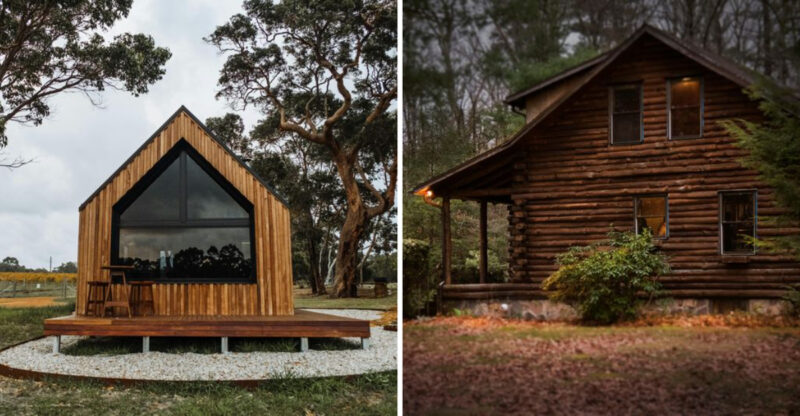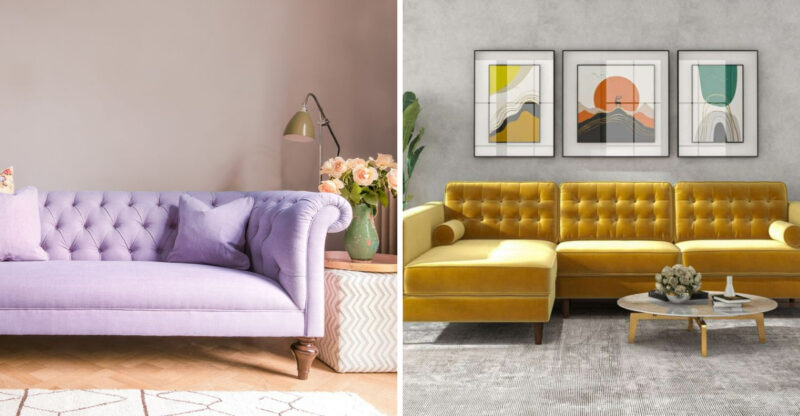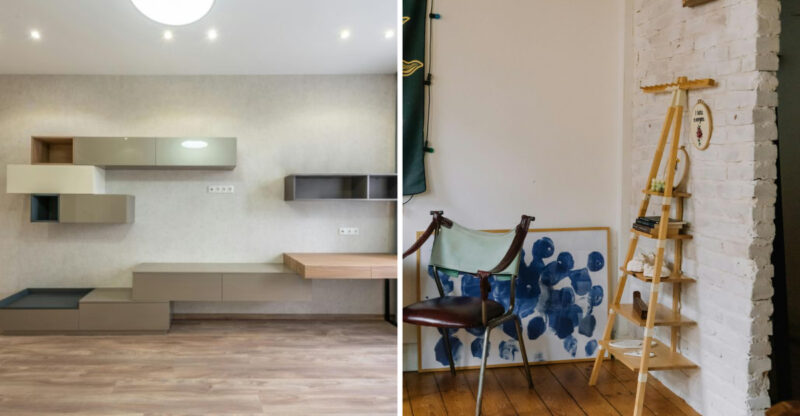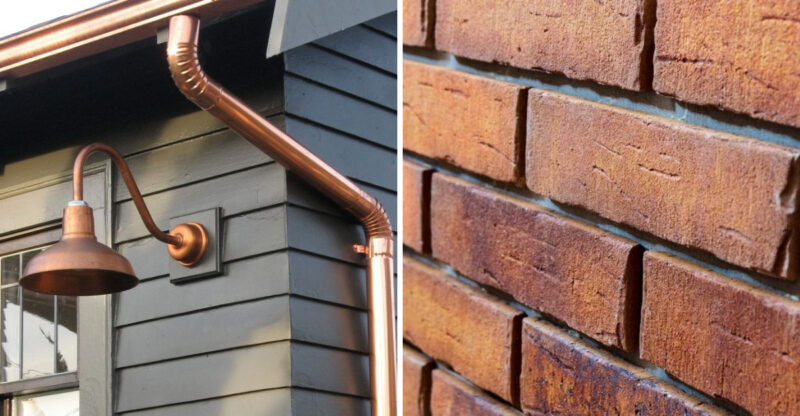Which Comes First In Decorating – Paint Or Furniture
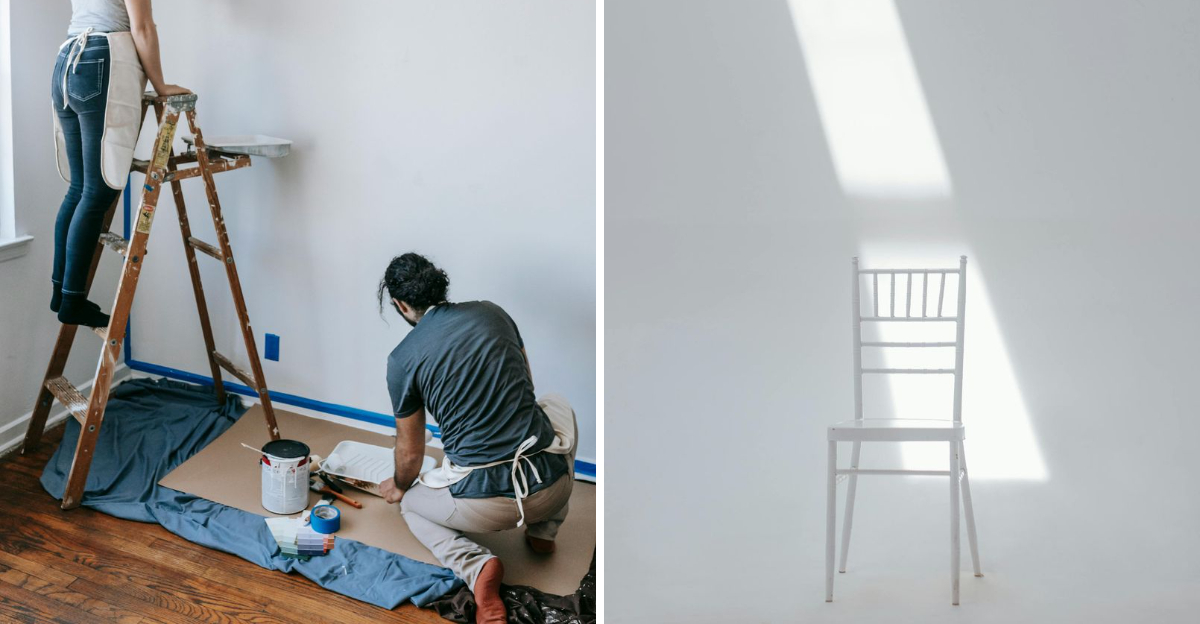
Starting a decorating project can feel like solving a chicken-and-egg puzzle. Should you paint your walls first and then buy furniture to match, or should you select your dream sofa and then find the perfect wall color?
This age-old decorating dilemma affects everything from your timeline to your budget and final results.
Following these tips may not guarantee the same outcome in your home; adapt according to your space and preferences.
1. Paint First When Starting Fresh
Empty rooms offer the perfect blank canvas for painting adventures. Without furniture blocking walls or worrying about paint splatters on your prized possessions, you’ll work faster and more freely.
Professional painters often prefer empty spaces because they can move quickly without shuffling furniture or laying excessive protective coverings. The fresh paint will fully cure before furniture arrives, eliminating any concerns about chemical odors affecting your new pieces.
2. Furniture First For Color Inspiration
Finding that perfect sofa or statement piece can spark your entire room design. Large furniture investments often outlast several paint jobs, making them the more practical starting point for your color scheme.
Your wall color should complement your furniture, not the other way around. Paint colors can be customized to match virtually any furniture, while finding furniture to match a pre-selected wall color limits your options dramatically and can lead to frustrating shopping trips.
3. Consider Your Timeline Constraints
Custom furniture can take weeks or even months to arrive. If you’re eager to settle into your space quickly, painting first makes practical sense while waiting for furniture deliveries.
On the flip side, if you’re living in the space during renovation, painting around existing furniture might be your only option. Realistic timelines matter! Factor in drying times between coats, ventilation needs, and whether you’ll need temporary furniture while waiting for new pieces.
4. Budget-Friendly Approach
When decorating on a tight budget, securing key furniture pieces first protects you from overspending. Quality furniture represents a bigger investment than paint, which can always be changed relatively inexpensively later.
Many decorators recommend spending 70% of your budget on furniture and 30% on accessories and paint. This strategy ensures your largest expenses align with your most important pieces. Paint can transform a room for under $100, while furniture pieces often cost hundreds or thousands.
5. The Hybrid Method For Existing Spaces
Real-world decorating rarely follows strict rules. The hybrid approach means selecting both key furniture pieces and paint colors before finalizing either purchase. Bring paint swatches while furniture shopping and furniture photos while paint shopping.
For partial room updates, work around pieces you’re keeping. Many decorators recommend creating a simple mood board with samples of everything – fabric swatches, paint chips, flooring samples – to visualize how elements work together before committing to any major purchases.


